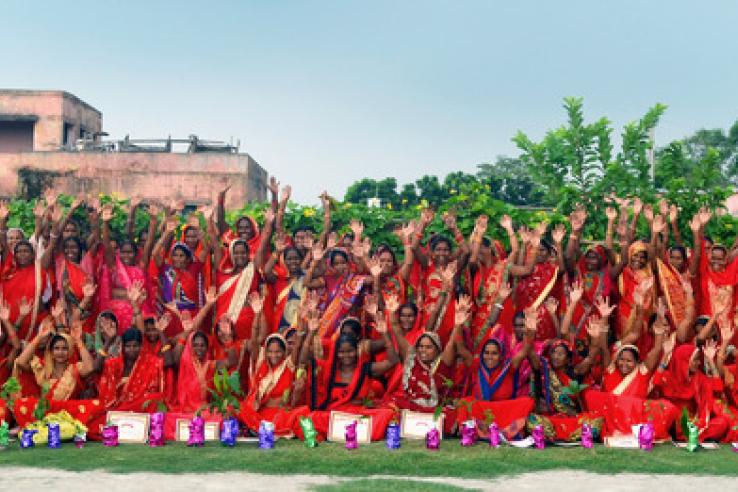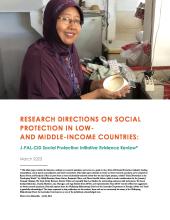Protection Sociale
Dans les économies à revenus faibles et intermédiaires du monde entier, les programmes de protection sociale comme les transferts monétaires ou en nature et l’assurance sociale sont de plus en plus utilisés pour lutter contre la pauvreté et réduire les inégalités. Cependant, les difficultés auxquelles se heurte la conception de tels programmes dans ce type de contexte ne sont pas les mêmes que dans les économies à revenu élevé. Par exemple, dans de nombreux pays à revenus faibles et intermédiaires, le gouvernement ne dispose pas de données sur la situation professionnelle et les revenus des individus, et il est donc difficile de cibler efficacement les programmes de prestations sociales en faveur des plus démunis.
À mesure que les programmes de protection sociale se développent, il est essentiel de s’assurer que les gouvernements mettent en place des systèmes solides, capables à la fois de lutter contre la pauvreté à long terme et d’aider les ménages les plus vulnérables à s’adapter aux chocs économiques, sanitaires, climatiques et autres.
En plus d’aider les décideurs politiques à appliquer les résultats des évaluations aléatoires à leur propre contexte, les responsables et l’équipe du secteur se chargent également de rédiger des pistes de réflexion qui résument les grands enseignements issus de la recherche et de synthétiser les conclusions des évaluations dans des notes de politique et des résumés d’évaluation. Ils financent en outre de nouvelles études dans le cadre de la Social Protection Initiative.











